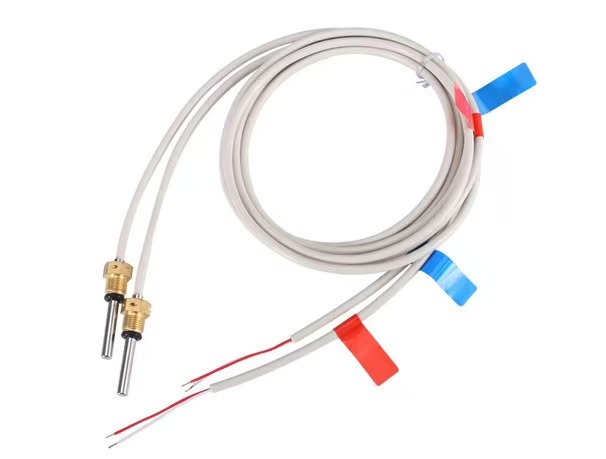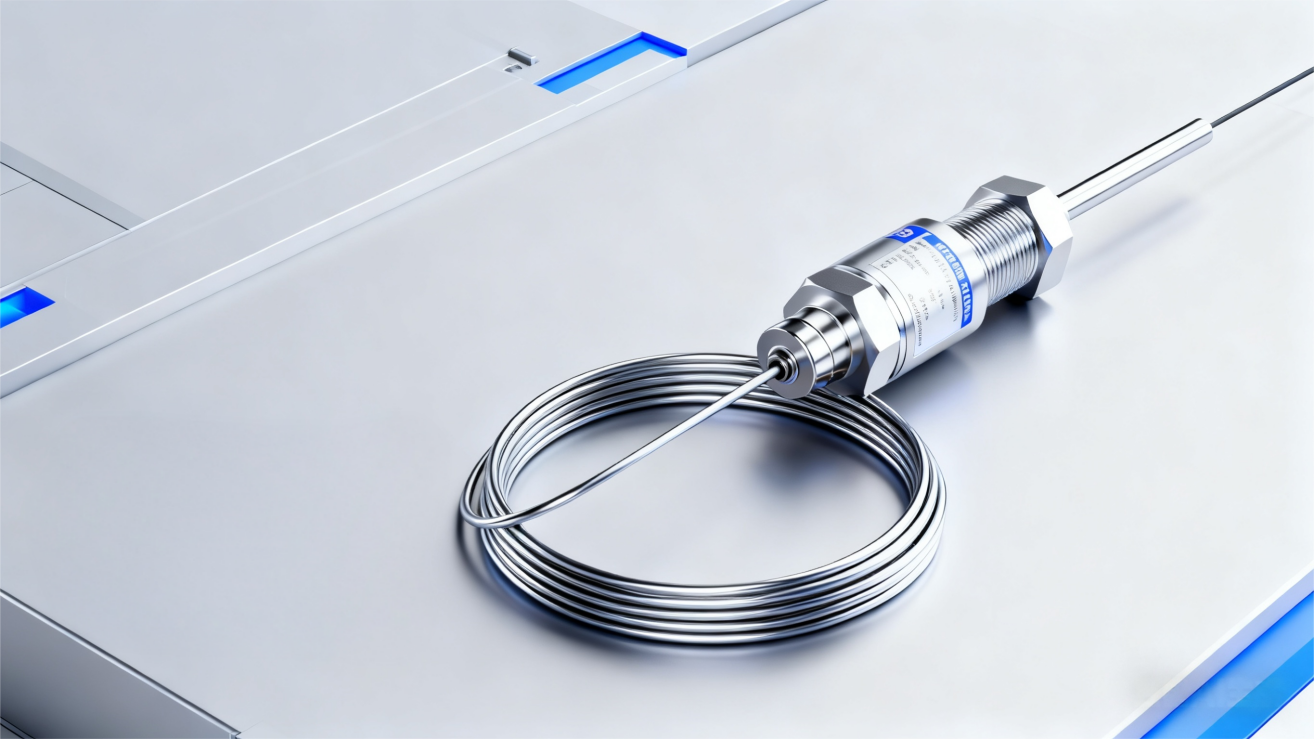Humidity Sensor Examples
Table of Contents
Introduction
Humidity sensors are electronic devices that measure and monitor the moisture levels present in the atmosphere or in enclosed spaces. They are widely used in various industries and applications where maintaining optimal humidity levels is crucial.
Types of Humidity Sensors
There are several types of humidity sensors available, each with its own working principle and application suitability. Here are some common examples:
- Capacitive Humidity Sensors: These sensors measure humidity by detecting changes in the dielectric constant of a hygroscopic material.
- Resistive Humidity Sensors: These sensors utilize materials whose resistance varies with changes in humidity levels.
- Thermal Conductivity Humidity Sensors: This type of sensor measures the change in thermal conductivity of a sensing element caused by the presence of moisture.
- Gravimetric Humidity Sensors: These sensors measure humidity by monitoring the weight change of an absorbent material due to moisture absorption.
Applications
Humidity sensors find extensive use in various industries and everyday applications. Some notable examples include:
- HVAC Systems: Humidity sensors are integrated into heating, ventilation, and air conditioning systems to regulate indoor humidity levels, ensuring optimal comfort and energy efficiency.
- Agriculture: These sensors are utilized in greenhouses and agricultural settings to monitor and control humidity, aiding in optimized crop growth.
- Pharmaceuticals: Humidity sensors play a critical role in pharmaceutical manufacturing processes, helping maintain the quality and stability of drugs and medications.
- Museums and Art Galleries: Humidity sensors are employed to preserve artwork, sculptures, and historical artifacts by controlling the humidity levels in exhibition spaces.
Benefits of Humidity Sensors
Using humidity sensors offer several advantages, including:
- Precise Monitoring: Humidity sensors provide accurate and real-time monitoring of humidity levels, allowing for immediate action if necessary.
- Prevention of Mold and Mildew: By maintaining optimal humidity levels, these sensors help prevent the growth of mold, mildew, and other harmful microorganisms.
- Energy Efficiency: With the help of humidity sensors, HVAC systems can be optimized to operate at the most energy-efficient levels, leading to cost savings and reduced environmental impact.
- Improved Indoor Air Quality: Proper humidity control enhances indoor air quality by minimizing the presence of allergens, dust mites, and other pollutants.
Humidity sensors are indispensable tools in various industries and applications, contributing to improved comfort, safety, and efficiency. Understanding the different types of sensors and their applications is crucial for selecting the most suitable option for specific needs.





